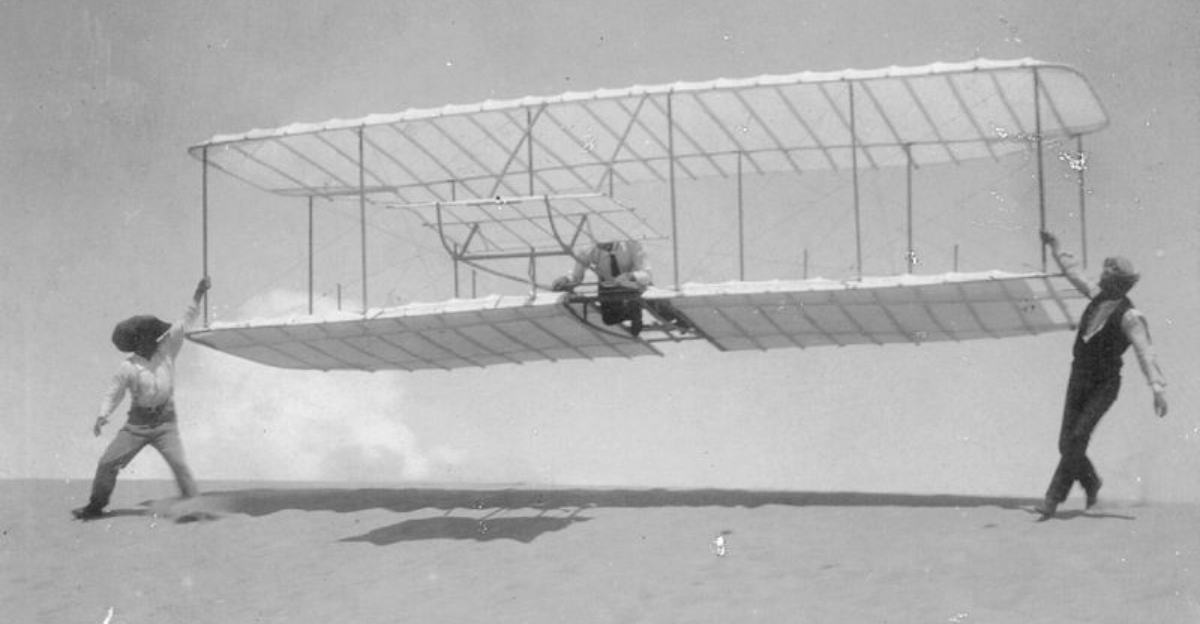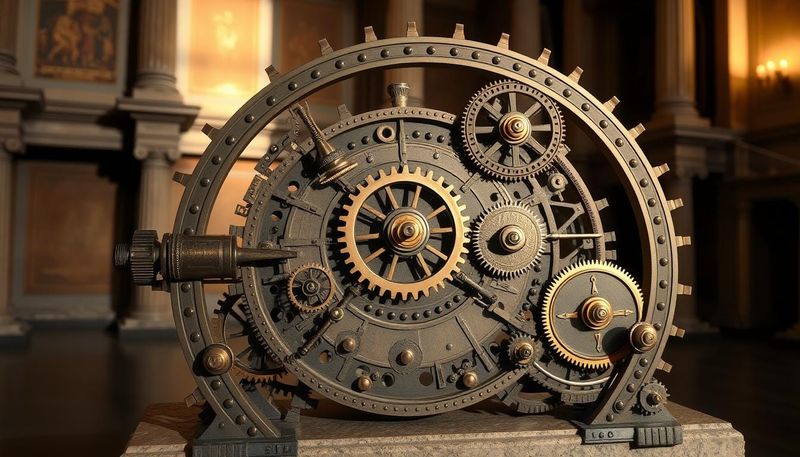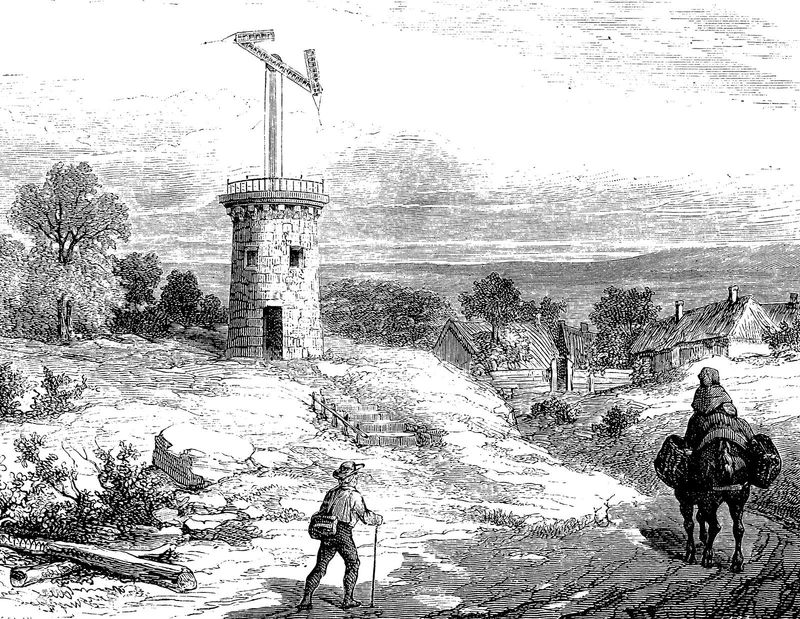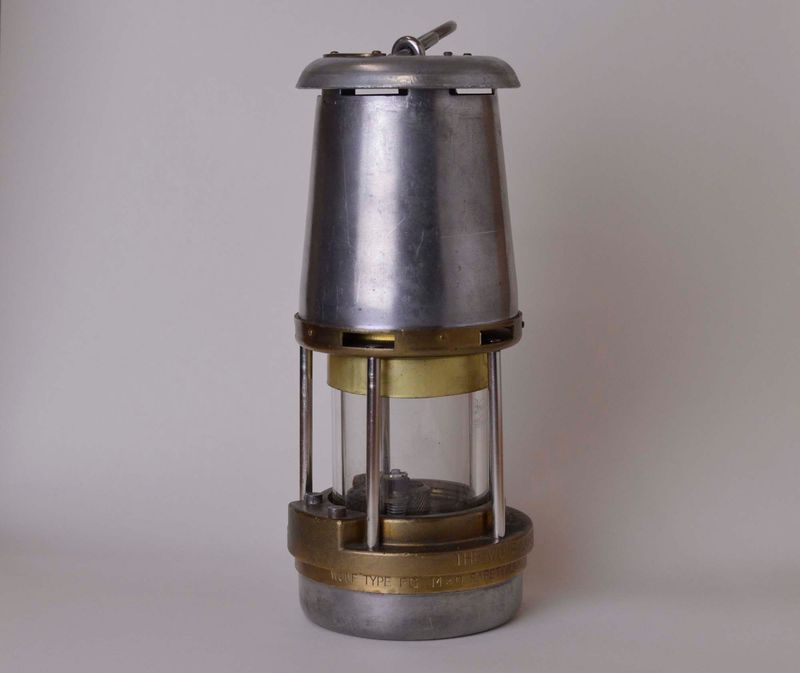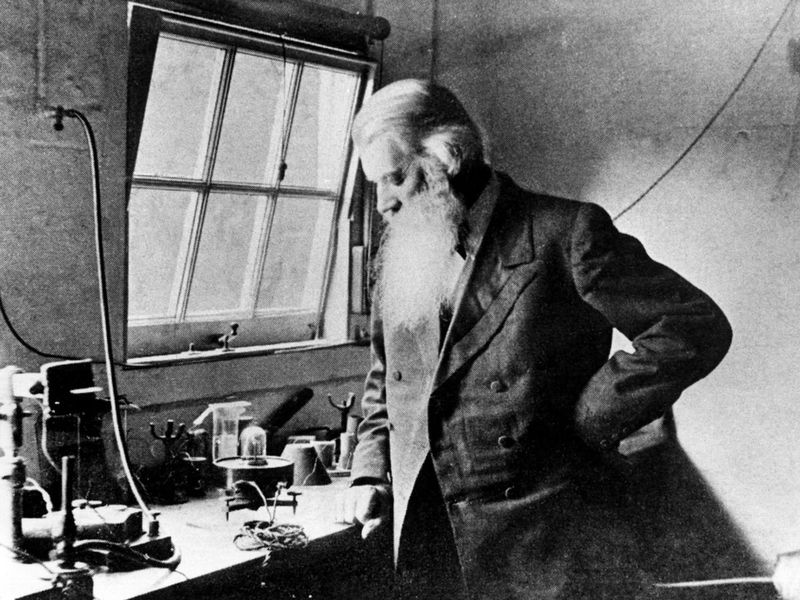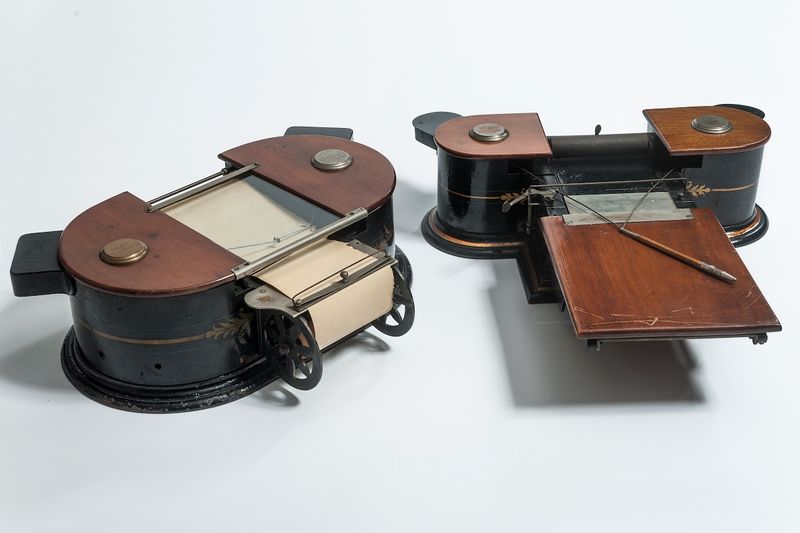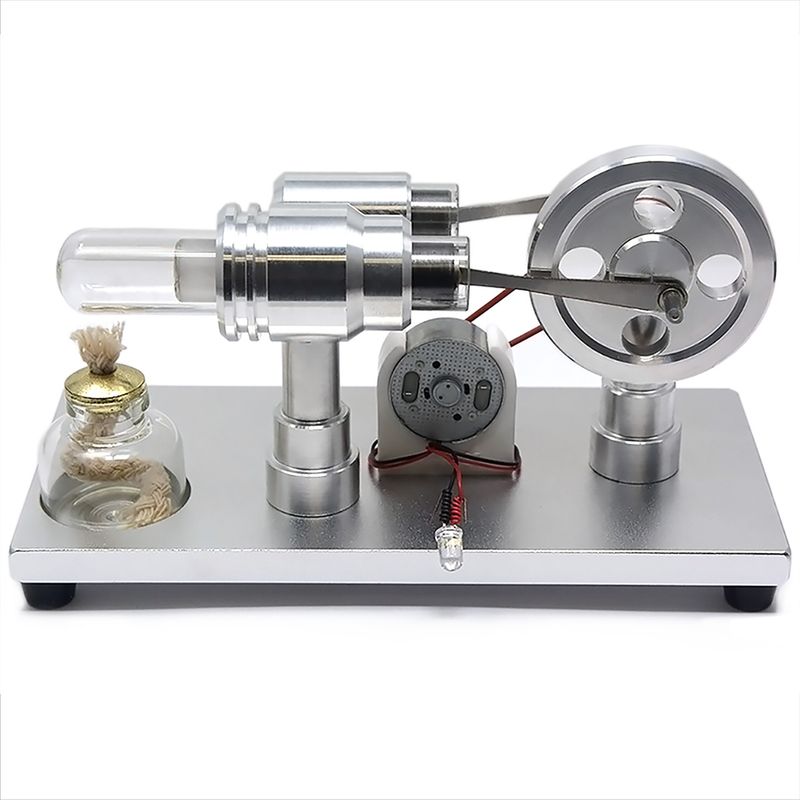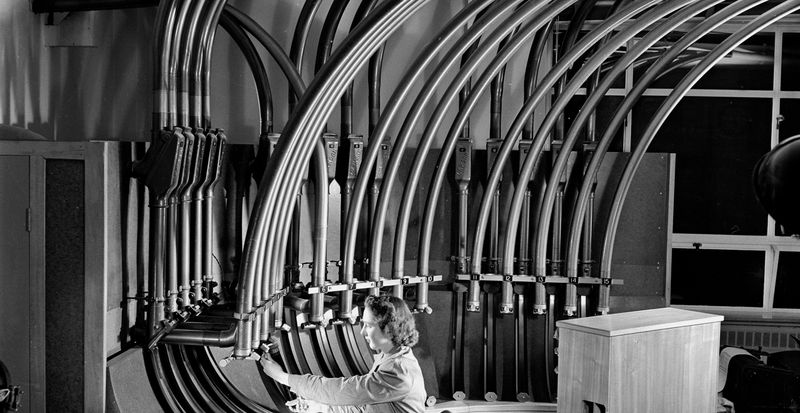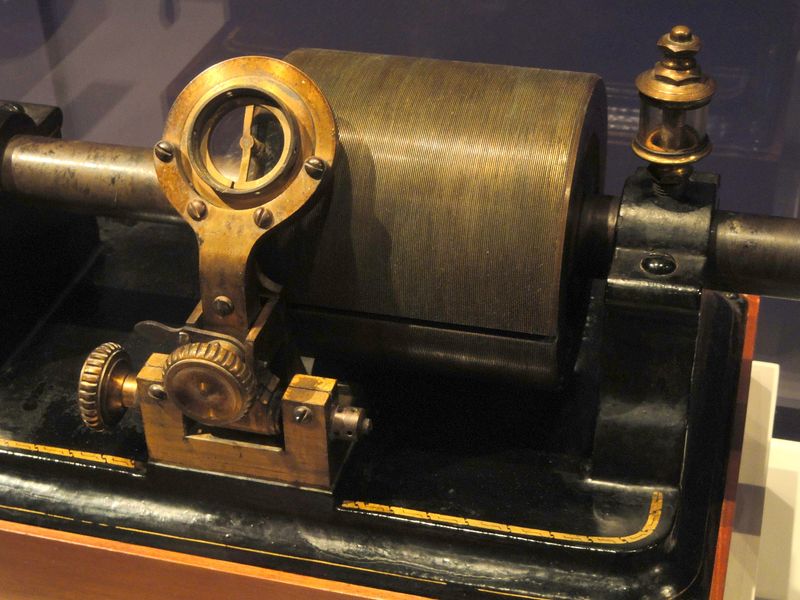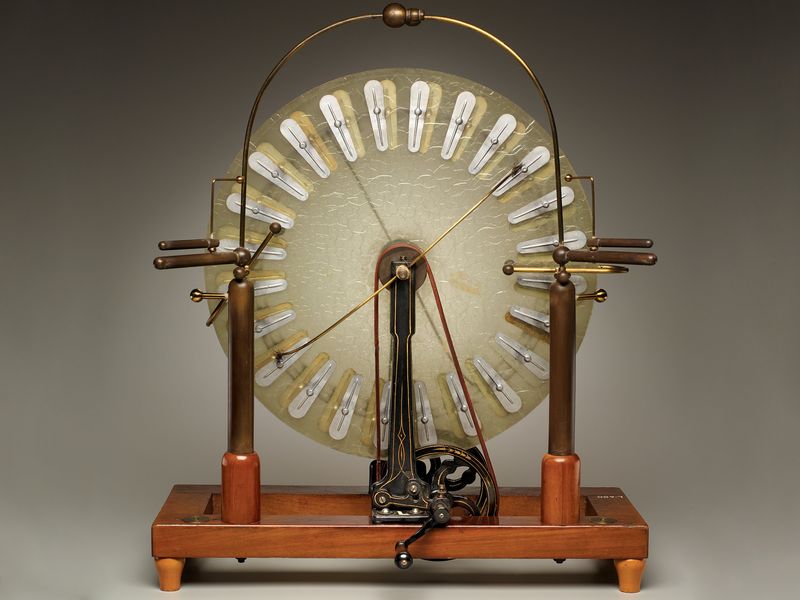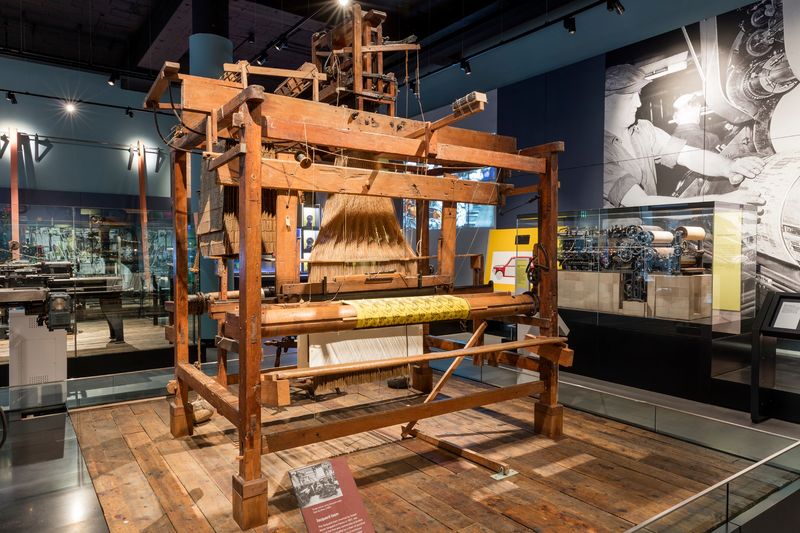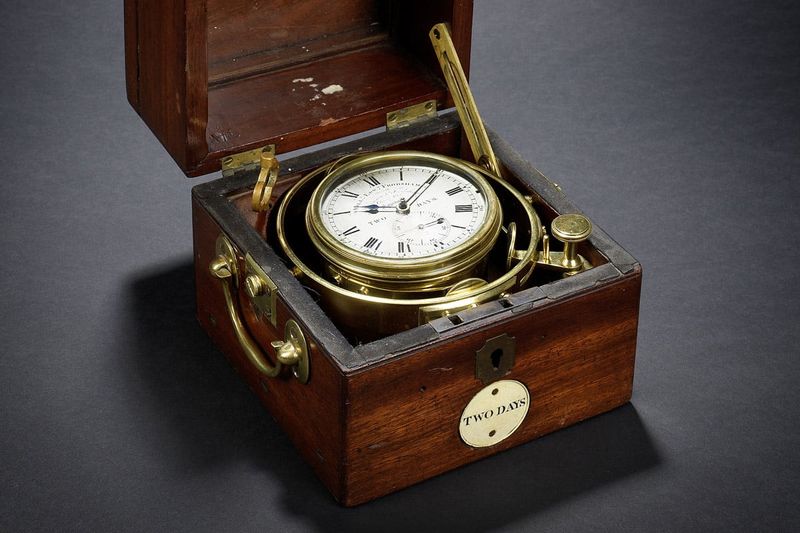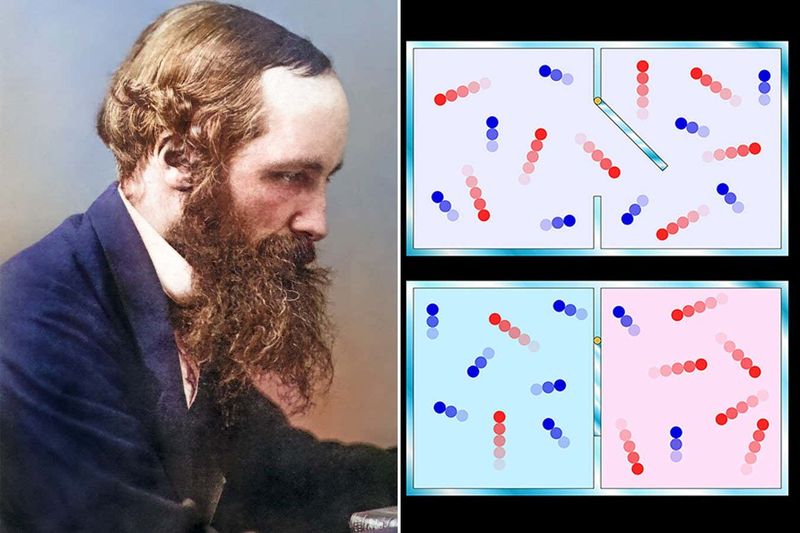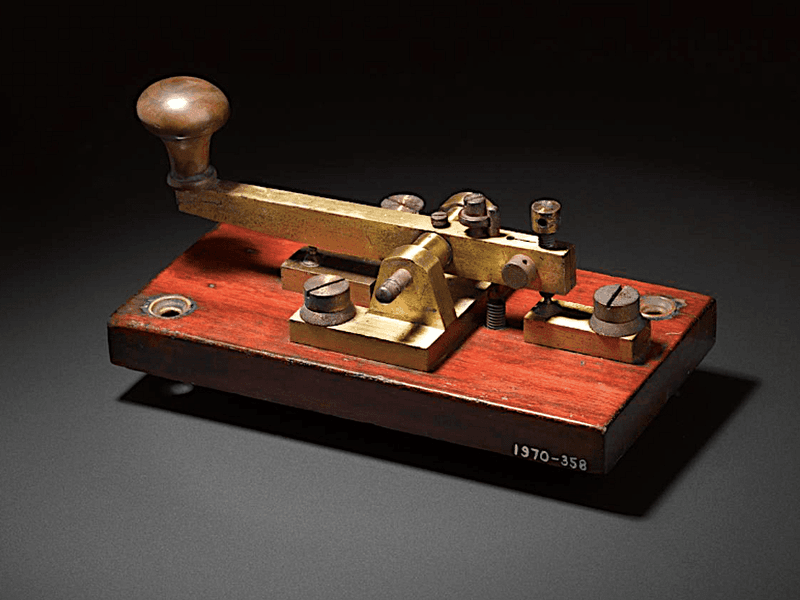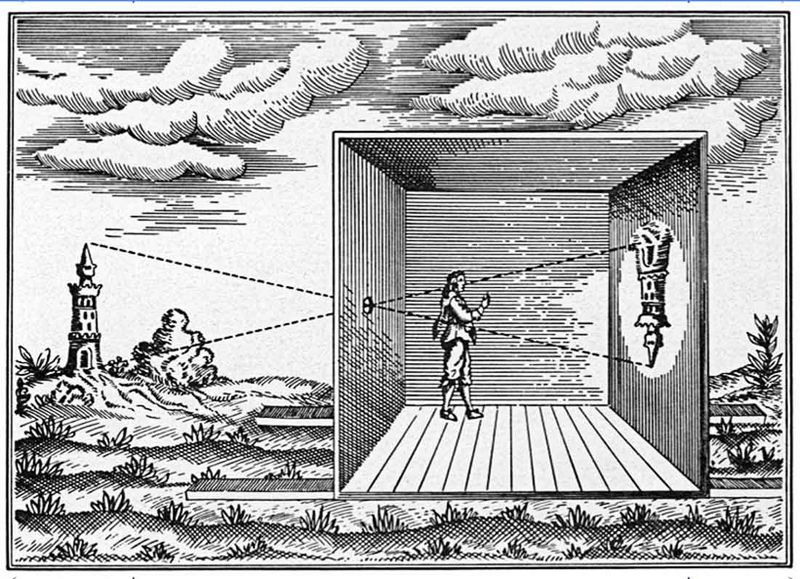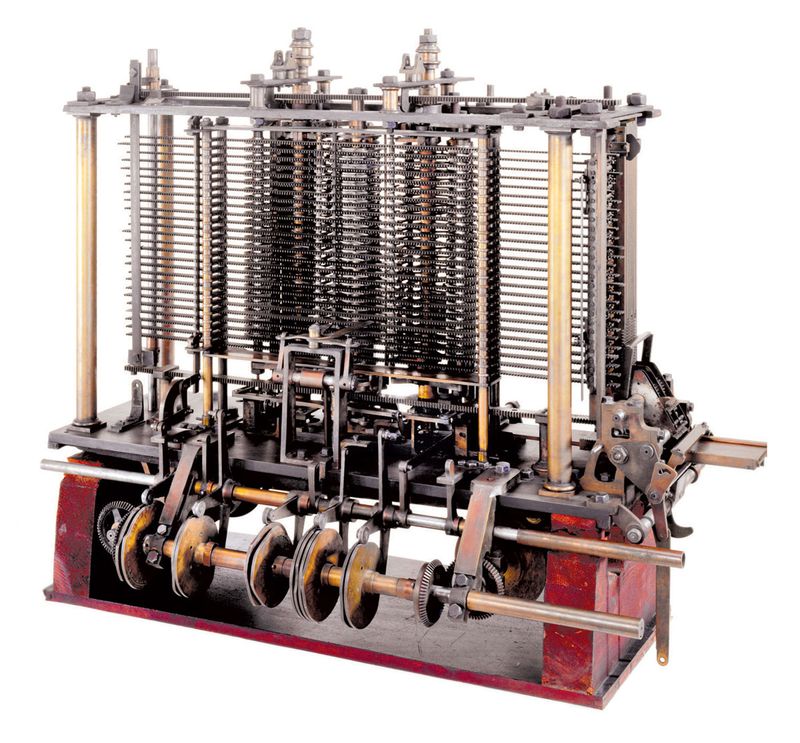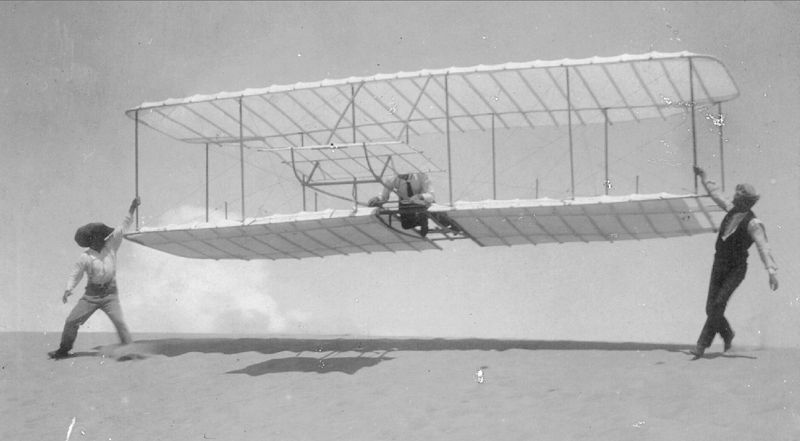Throughout history, countless inventions have played pivotal roles in shaping our world, yet many have faded into obscurity. This exploration delves into 18 such forgotten innovations.
While they may not be widely recognized today, these inventions laid the groundwork for technological advancements and societal transformations that continue to influence us.
From revolutionary communication devices to groundbreaking transportation methods, each item in this list boasts a unique contribution to the tapestry of human progress.
By revisiting these often-overlooked creations, we gain a deeper appreciation for the inventiveness and ingenuity that have propelled humanity forward.
1. Antikythera Mechanism
The Antikythera Mechanism is an ancient Greek artifact often considered the world’s first analog computer. Discovered in a shipwreck, it dates back to 150-100 BC.
This intricate device, composed of bronze gears and dials, was used to predict astronomical positions and eclipses for calendrical and astrological purposes. Its complexity suggests that similar mechanisms were used in antiquity, although none have been found.
Despite its significance, the Antikythera Mechanism remained largely forgotten until its rediscovery in the early 20th century. This remarkable invention illustrates the advanced technological capabilities of the ancient Greeks.
2. Semaphore Telegraph
The Semaphore Telegraph was an early form of visual communication that revolutionized message transmission in the 18th century. Invented by Claude Chappe, this system used a series of towers equipped with movable arms to convey messages over long distances.
Operators positioned the arms in specific ways to represent different letters and numbers. Although it was eventually replaced by the electric telegraph, the semaphore system marked a significant advancement in communication technology.
Its ability to quickly relay information over vast distances was vital for military and governmental purposes, laying the groundwork for future innovations in communication.
3. Davy Lamp
The Davy Lamp, invented by Sir Humphry Davy in 1815, was a safety lamp for miners. It prevented explosions in flammable atmospheres by enclosing the flame in a metal gauze, which dissipated heat and blocked the ignition of methane gas.
This innovation significantly reduced the risk of mining accidents, saving countless lives. Although modern mining lamps have replaced the Davy Lamp, its impact on miners’ safety was monumental.
It stands as a testament to the importance of safety innovations in hazardous industries, highlighting how a simple design can make a significant difference in workplace safety.
4. Swan’s Incandescent Light
Joseph Swan, a British physicist, developed an early version of the incandescent light bulb in the 1870s. Although Thomas Edison is often credited with the invention, Swan’s contributions were pivotal.
His design used a carbonized paper filament enclosed in a vacuum, providing a reliable and long-lasting light source. Swan’s incandescent lamp was showcased in homes and public spaces, changing how people lived and worked after dark.
This invention paved the way for widespread electric lighting, fundamentally altering urban landscapes. Despite being overshadowed by Edison, Swan’s work remains a crucial part of lighting history.
5. Telautograph
The Telautograph, invented by Elisha Gray in 1888, was a precursor to the modern fax machine. This device could transmit handwritten messages electrically over a distance, allowing the recipient to see the message reproduced in real-time by a pen on paper.
The telautograph found applications in various fields, including business and military communications. Even though it eventually became obsolete with the advent of newer technologies, the telautograph was a groundbreaking achievement.
It demonstrated the potential for remote document transmission, influencing the development of future communication technologies and setting the stage for the evolution of facsimile devices.
6. Stirling Engine
The Stirling Engine, invented by Robert Stirling in 1816, operates on a closed-cycle regenerative heat engine principle. It uses external heat sources to expand gas within sealed cylinders, spinning a flywheel.
Known for its high efficiency and quiet operation, the Stirling engine was used in applications where steam engines were impractical. However, it was eventually overshadowed by internal combustion engines.
Its efficiency and versatility are still appreciated today, particularly in renewable energy applications, such as solar power generation. The Stirling engine exemplifies sustainable design, showcasing how historical inventions can inspire modern technological solutions.
7. Aeolipile
The Aeolipile, often considered the first steam engine, was invented by Hero of Alexandria in the 1st century AD. This simple device consisted of a hollow sphere that, when heated, expelled steam through two bent nozzles, causing it to rotate.
Although it had no practical application at the time, the aeolipile demonstrated the potential of steam power. Its design laid the conceptual groundwork for the development of modern steam engines.
Despite being largely forgotten for centuries, the aeolipile is recognized for showcasing the principles of steam propulsion, highlighting the ingenuity of ancient engineering and its influence on future technologies.
8. Thermos Flask
The Thermos Flask, also known as a vacuum flask, was invented by Sir James Dewar in 1892. This ingenious device consists of two flasks, one inside the other, separated by a vacuum.
It effectively insulates its contents, keeping liquids hot or cold for extended periods. Originally designed for scientific experiments requiring temperature control, the thermos quickly became popular for everyday use.
Its ability to maintain temperatures made it ideal for picnics, camping, and travel. The thermos flask’s innovative design has endured over a century, underscoring the impact of simple yet effective inventions on daily life.
9. Pneumatic Tube System
The Pneumatic Tube System revolutionized communication and logistics in the 19th and early 20th centuries. Using pressurized air, it transported capsules containing documents and small items through a network of tubes.
Widely used in postal services, banks, and department stores, the system facilitated rapid communication and efficient transfer of goods within cities. Although largely replaced by electronic communication, pneumatic tubes still find niche applications in hospitals and industrial settings.
Their legacy endures, reminding us of the inventive solutions devised to address the challenges of urban communication and transportation in a pre-digital era.
10. The Edison Tinfoil Phonograph
The Edison Tinfoil Phonograph, invented by Thomas Edison in 1877, was the first machine capable of recording and reproducing sound. It used a tinfoil-covered cylinder and a stylus to engrave sound waves as grooves.
Turning the cylinder reproduced the recorded sound. Although its audio quality was rudimentary, the phonograph marked a monumental breakthrough in sound technology.
Edison’s invention paved the way for modern audio recording and playback devices, influencing the music industry and media consumption.
Despite being eclipsed by more advanced technologies, the tinfoil phonograph’s impact on sound recording history remains profound.
11. The Wimshurst Machine
The Wimshurst Machine, invented in the late 19th century by James Wimshurst, is an electrostatic generator. It produces high voltage electricity through the rotation of two contra-rotating discs.
The machine’s simple yet effective design made it a valuable tool for early electrical experiments and demonstrations. Despite its limited practical applications, the Wimshurst Machine played a crucial role in the study of electricity and electrostatics.
It contributed to a deeper understanding of electrical principles and inspired further innovations in electrical engineering, serving as a bridge between early scientific exploration and modern electrical technologies.
12. The Jacquard Loom
The Jacquard Loom, developed by Joseph Marie Jacquard in 1804, revolutionized the textile industry. This loom used punch cards to control the weaving of intricate patterns, allowing for the mass production of complex fabrics.
By automating the weaving process, it reduced labor and production costs while increasing efficiency and consistency. The Jacquard Loom’s use of punch cards also influenced the development of early computers, providing a model for binary code and programmable machines.
This innovation not only transformed textile manufacturing but also marked a significant step towards the digital age, highlighting its enduring legacy in technology.
13. The Chronometer
The Chronometer, perfected by John Harrison in the 18th century, revolutionized maritime navigation. This precise timekeeping device allowed sailors to determine their longitude at sea, solving a longstanding navigational challenge.
Its accuracy and reliability significantly improved the safety and efficiency of long-distance sea travel. By enabling accurate mapping and exploration, the chronometer contributed to expanding global trade routes and exploration.
Although modern GPS technology has surpassed it, the chronometer’s impact on navigation and exploration is undeniable, illustrating how precise instruments can transform industries and open new frontiers in human endeavor.
14. The Maxwell’s Demon
Maxwell’s Demon, a thought experiment conceived by physicist James Clerk Maxwell in the 19th century, challenged the second law of thermodynamics. The hypothetical demon could sort fast and slow gas molecules, seemingly creating a perpetual motion machine.
While the concept didn’t lead to practical inventions, it sparked significant debate and research into thermodynamics and information theory. Maxwell’s Demon encouraged scientists to reconsider the relationship between information and physical systems, leading to new insights and advancements in statistical mechanics.
This thought experiment highlights how innovative ideas can influence scientific understanding and inspire further exploration.
15. The Electric Telegraph
The Electric Telegraph, developed in the early 19th century, transformed global communication. By transmitting electrical signals over wires, it enabled near-instantaneous communication over long distances.
Invented by Samuel Morse and others, the telegraph used Morse code to encode messages, revolutionizing personal and business communication. It played a crucial role in news dissemination, military strategy, and global trade.
While it was eventually supplanted by more advanced technologies, such as the telephone and internet, the electric telegraph laid the foundation for modern communication networks.
Its impact on connecting the world and facilitating information exchange remains profound.
16. The Camera Obscura
The Camera Obscura, an ancient optical device, played a crucial role in the development of photography. It consists of a darkened room or box with a small hole that projects an inverted image of the outside world onto a surface inside.
Artists used it for accurate drawings, while scientists studied its optical properties. The camera obscura’s principles inspired the invention of the photographic camera, leading to the capture and preservation of images.
Although technology has advanced, the camera obscura’s influence on art and science is undeniable, showcasing the enduring relationship between observation and innovation.
17. The Difference Engine
The Difference Engine, conceptualized by Charles Babbage in the 19th century, was an early mechanical computer. Designed to automate complex mathematical calculations, it used gears and levers to perform polynomial functions.
Although Babbage’s ambitious project remained incomplete during his lifetime, the Difference Engine laid the groundwork for future computing technologies. By demonstrating the potential for machines to perform calculations, it inspired subsequent generations of computer scientists and engineers.
The Difference Engine’s legacy endures, highlighting the importance of visionary ideas in shaping technological progress and the evolution of computing.
18. The Glider
The Glider, a precursor to powered flight, was crucial in the development of aviation. Early pioneers like Otto Lilienthal and the Wright brothers experimented with gliders to understand aerodynamics and flight control.
These unpowered aircraft provided valuable insights into lift, drag, and stability, forming the basis for designing powered airplanes. The glider’s success demonstrated the feasibility of human flight, paving the way for the aviation industry.
Today, gliders remain popular for recreational flying and training. Their historical significance underscores the importance of experimentation and innovation in overcoming challenges and achieving breakthroughs in technology.
